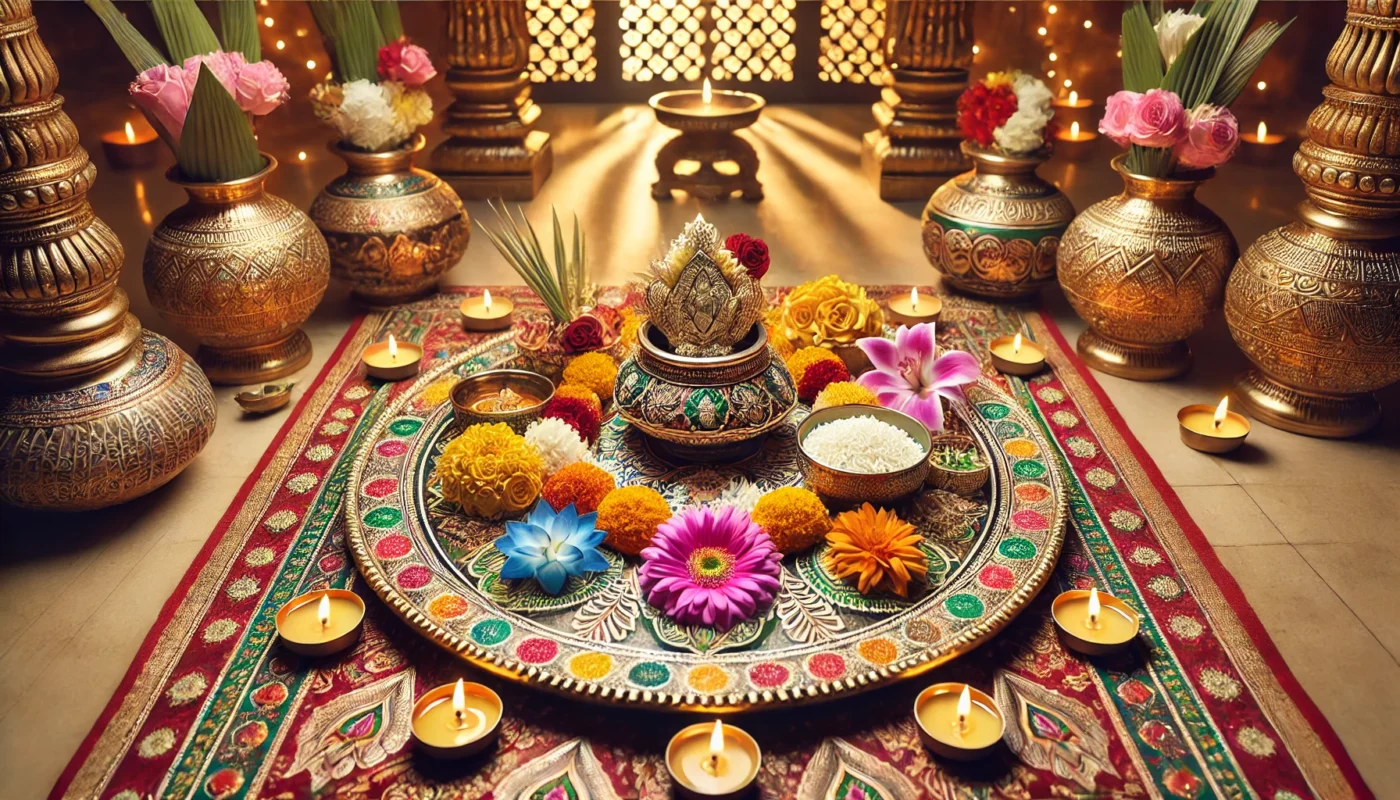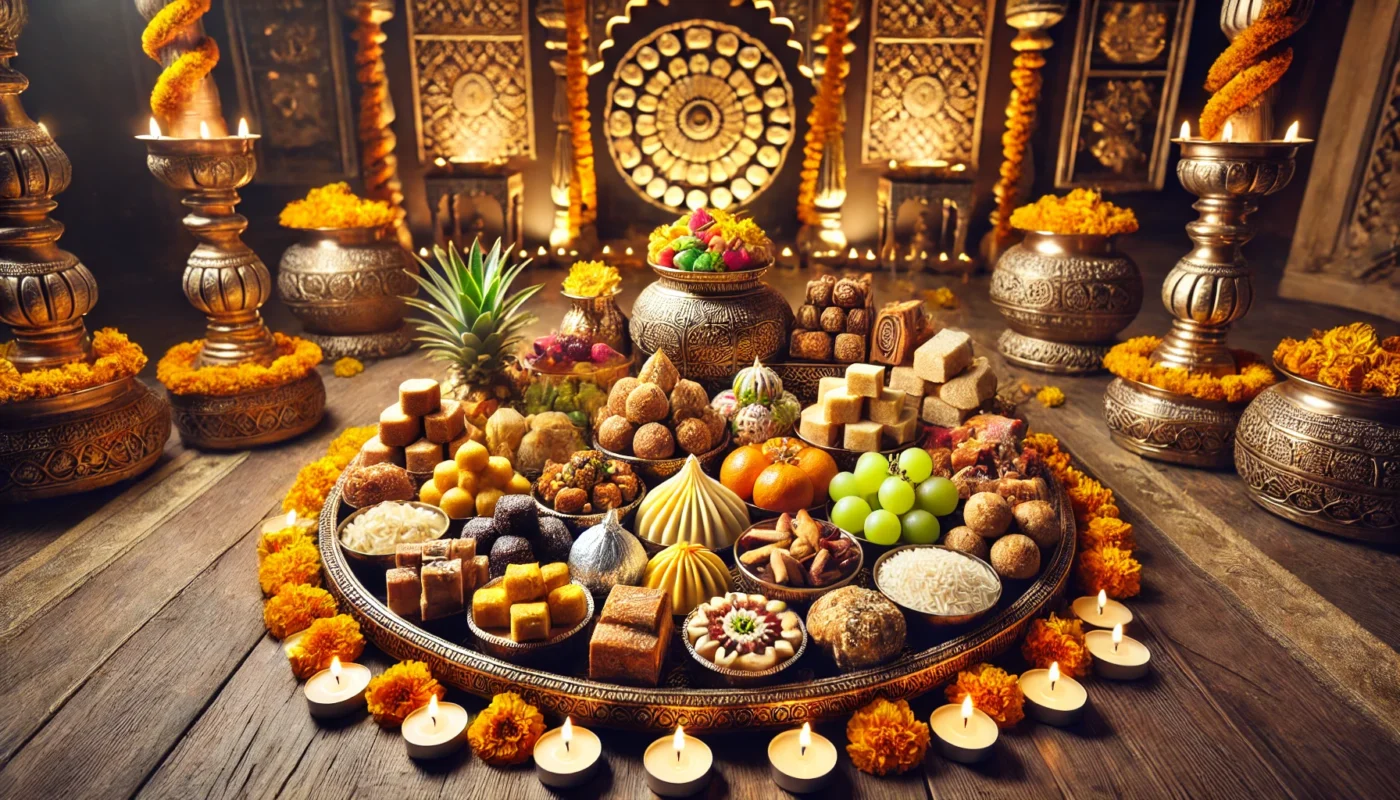Ahoi Ashtami is a festival where mothers remain fasted for entire day and pray for the long life, prosperity, and well-being of their children. This vrat (fast) falls about eight days before Diwali or four days after Karwa Chauth and is observed with great devotion, particularly in North India. Mothers fast from sunrise to sighting the stars in the evening, praying to Ahoi Mata.
In 2024, Ahoi Ashtami will be celebrated on 24th October. Let’s learn more about this festival.
Table of Contents
The Importance of Ahoi Ashtami Vrat
This vrat or day is dedicated to Ahoi Mata which is a form of Goddess Parvati, who is believed to protect children from harm. The vrat is a way for mothers to show their devotion and pray for their children’s health and happiness.
The Story of Ahoi Ashtami
According to legend, a mother accidentally killed a baby porcupine while digging soil for household work. The mother porcupine cursed her, saying she would lose her own children. To undo the curse, the woman prayed to Ahoi Mata, who blessed her and returned her children’s lives. Since then, mothers observe this fast to protect their offspring from any harm or danger.
To know more about the rituals and story, read our full article here.
Items Required for Ahoi Ashtami Pooja
The most important part of this vrat is the pooja, where specific items are needed to offer prayers to Ahoi Mata. Below is a list of essential items required for the Ahoi Ashtami pooja:
- Ahoi Mata’s Picture: A drawing or printed image of Ahoi Mata is required. Traditionally, this is drawn on the wall with red and white colors, representing the divine presence of the Goddess.
- Ahoi Mata Mala: A silver or gold mala is used in the pooja. The mala generally has seven beads, representing seven sons, and is an essential part of the rituals. This mala is either worn by the mother or kept near Ahoi Mata during the pooja.

- Water Kalash: A water-filled pitcher is placed in front of the Ahoi Mata picture, symbolizing the offering of life and health.
- Roli and Rice (Akshat): These are essential for tilak and for offering to Ahoi Mata. Roli is the red vermilion powder, and rice symbolizes purity and prosperity.
- Flowers: Fresh flowers, particularly marigold, are used in the pooja to offer to the Goddess.
- Diya (Lamp): A ghee lamp is lit in front of Ahoi Mata during the pooja, representing the light of devotion and purity.
- Puja Thali: A plate containing small offerings such as roli, rice, flowers, diya, and sweets is prepared for the pooja.

- Sweets and Prasad: Special sweets like puri, halwa, and kheer are prepared for Ahoi Mata and offered as prasad. These are also shared with family members after breaking the fast.

- Red Thread (Mauli): This thread is tied around the wrist of mothers during the pooja as a sign of protection and blessing.

- Grains: Often, wheat or other grains are offered to Ahoi Mata as part of the pooja rituals.
- Fruits: Seasonal fruits are also offered to the Goddess during the pooja. These symbolize abundance and health.
- Earthen Pots: In some traditions, earthen pots filled with grains are used in the pooja to symbolize fertility and prosperity.
Ahoi Ashtami is not just a religious fast, but a heartfelt expression of a mother’s love and devotion to her children. By observing this vrat with dedication, mothers pray for their children’s bright future and protection from all harm.








Some truly marvelous work on behalf of the owner of this site, dead outstanding articles.